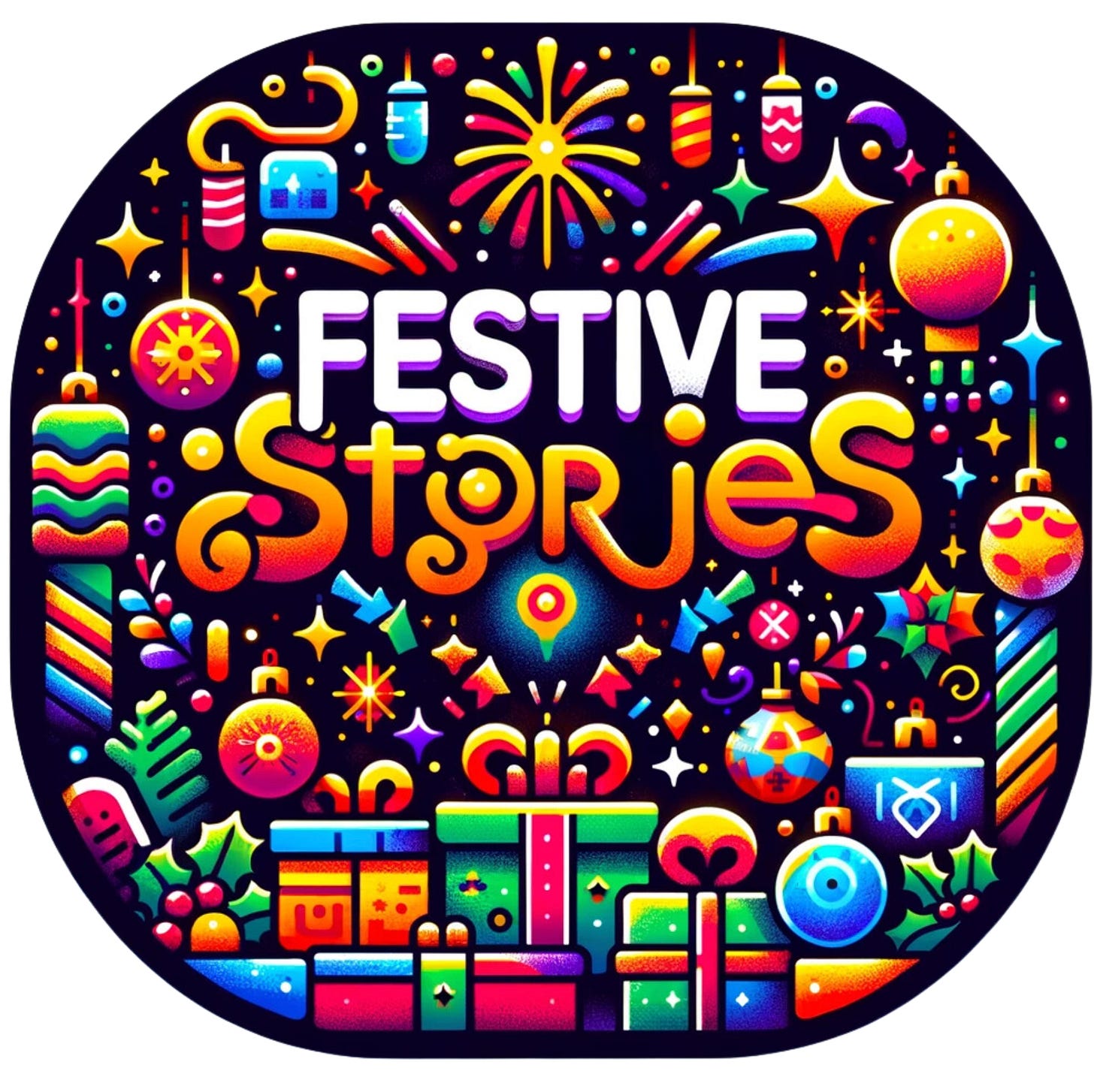What A Difference A Year Makes In Visual AI

Hello friend,
How are you? I hope you had a nice summer.
Getting back to business, I bet you also like to spend some time catching up on the latest tech trends.
AI is likely somewhere at the top.
Roughly a year ago I published a story that covers my analysis of various AI image generators that just broke out, tips, and predictions. AI-generated image-generated image-generated image-generated image-generated image-generated image-generated image
To create this story I tried some of the image generators and shared the results and my observations.
So how visual AI has changed in just one year?
Let’s take a look at the images.
Forest view
If you look at the primary improvements AI image generators have made in the past year, you’ll most likely hit these areas:
Realism: AI-generated images have become more realistic and hard to distinguish from real ones.
Efficient: AI-generating models have become more efficient. Meta even claims their art-generating model is best-in-class.
Quality: The generated image can often achieve high quality. And of course much faster than humans.
Refinement: You’ll also find fewer visual errors in the current crop of generators compared to last year. See my example below.
Accessibility: These days more people have more access to AI-image generators with mind-boggling offerings with many tools offered for free or with a high count of free credits.
At this rate, no wonder Europol predicts that by the year 2026, AI could be responsible for creating up to 90% of all media content.
Incredible!
Tree view
As I was preparing this week for a keynote speech on AI for Nonprofits for an upcoming event down in the Florida Keys, I came across an image I created exactly a year ago on Stable Diffusion.
I was curious to see what the same prompt and tool yielded a year later.
First off, to give you some context, I am a long-time fan of Flemish painters like Pieter Bruegel.
So, I aimed to generate an image bearing his unique style like this timeless masterpiece:




